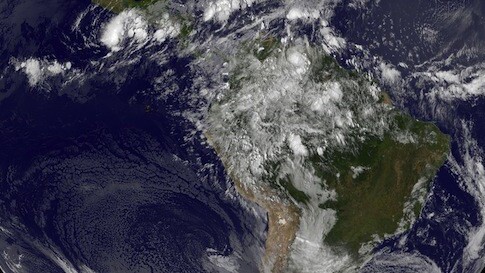
Have you ever heard of the languages Chamacoco, Remo and Tuvan? Chances are you haven’t, and while they are languages that are nearing extinction, thanks to a digital project by National Geographic, each of them is now reaching a wider audience – online.
With nearly 80 percent of the world’s population speaking a mere 1 percent of its languages, National Geographic’s Enduring Voices project is trying to slow down the rate at which languages are disappearing. We’re more than used to hearing about species going extinct, but we don’t often look at languages with the same perspective. Threatened by cultural change, government repression, and more, the reality is, however, that every 14 days a language dies, and at that rate, 100 years from now, more than half of the 7,000 existing languages will have disappeared.
National Geographic, along with the Living Tongues Institute for Endangered Languages, have already identified 15 places worldwide where these languages are most likely to disappear, and are documenting them. For most of these languages, this is a first. National Geographic Fellows and linguists, K. David Harrison and Gregory Anderson, are the ones who are literally writing it all down.
As part of the process, National Geographic has launched 8 new talking dictionaries containing more than 32,000 entries and 24,000 audio recordings. Not only do the dictionaries give insight into the languages spoken, they also shed light on the cultures formed around them, with photographs of cultural objects.
Some of the languages National Geographic is documenting have as few as 600 speakers. The 600 speakers of Matukar Panau, for example, live in 2 small villages in Papau New Guinea, and have never had their language documented, let alone even seen the Internet. Just over 3,000 words and audio files, along with 67 pictures, have now been added to the dictionary, and both computers and Internet have reached the remote village.
In Paraguay, the endangered language Chamacoco is being documented, while in India, tribal languages Remo, Sora and Ho are being preserved. Tuvan, a language spoken in Siberia and Mongolia, is the best documented with over 7,000 entries, almost 3,000 audio files and 49 images, while an eighth dictionary documenting Celtic languages is on its way, among others.
Get the TNW newsletter
Get the most important tech news in your inbox each week.



